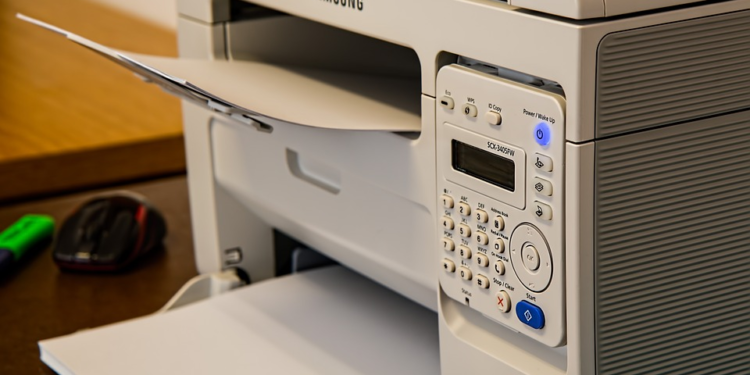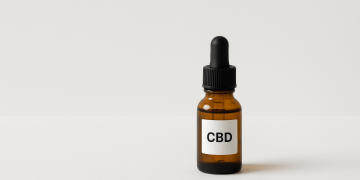When you send important information and sensitive data, you want to know that it’s reaching the intended recipient— and nobody else. Fax data is still commonly used for transmitting data in business, especially within the healthcare industry.
If you’re sending sensitive information via fax, here are three secrets for doing so safely
Use Online Faxing
Online faxing is the best solution for ensuring your faxes reach the intended party without getting intercepted. Services like eFax take the simplicity and accessibility of faxing and create safer measures for keeping data organized and protected. When you use this service, you’ll be given a local fax number. Then, instead of receiving faxes to a machine, they’ll be transmitted to your mobile device.
Online faxing also simplifies filing and streamlines processes by making it possible to pull up older faxes with keywords. It’s also easy to transfer digital faxes into cloud storage systems. This feature comes in handy when working with remote teams or going through an audit after tax season. If your business is still using a traditional fax machine to share data, consider switching to online faxing instead.
Disable Auto Printing
Newer printers have security features built in to help those who transmit or print sensitive data. By disabling the auto printing feature, your faxes will be held until manually activated by the recipient. This option is a great feature for shared devices.
Check with the recipient before sending the fax. If they have auto printing and can’t disable the function, let them know when you’ll be sending information so they can be ready and waiting by the printer.
If disabling auto printing on your device is too much of a hassle for other print jobs, consider having a separate fax machine for this purpose. Turn the fax machine off at night time to prevent private documents from coming through if other people have access to the building. Again, using online faxing negates this issue.

Use a Cover Sheet and Privacy Statement
Cover sheets are a staple for sending faxes and protecting information. However, they still rely on the honor system to ensure no one will read the data contained within. If your fax gets mixed with other paperwork on a shared device, the person who picks it up might not see the cover sheet.
While it won’t prevent people from looking at the document, having a cover sheet with a clear privacy statement can assist with legal protection while transmitting sensitive information. Include the date and time, the recipient’s name and title, and a privacy statement.
The statement should outline the legal repercussions of taking the information in the transmission and instruct outside parties what to do if they accidentally receive the fax. In most cases, the instruction is to destroy the document and notify the person who sent it that you received it unintentionally.
Final Thoughts
While faxes are an excellent tool for communications within certain industries, they aren’t without flaws. Fortunately, the development of online faxing corrects some of those issues and helps bridge the gap between the digital era and tried-and-true business practices.
























